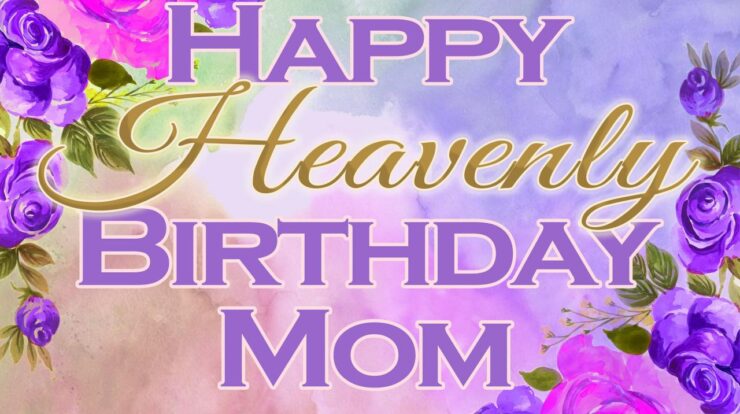
Romance definition, a genre that has captivated hearts for centuries, invites us on a literary journey where love, longing, and happily-ever-afters intertwine. From classic tales to contemporary page-turners, romance novels continue to enchant readers, offering an escape into a world where emotions run deep and love conquers all.
At its core, romance definition encompasses a captivating blend of elements that ignite the imagination and stir the soul. From the undeniable chemistry between protagonists to the heart-stopping conflicts and resolutions, each story unfolds a tapestry of human experiences, exploring the complexities of love, relationships, and the pursuit of happiness.
Romance Definition

Romance, as a literary genre, encompasses narratives that center around the development and exploration of romantic relationships. These stories often depict the journey of two individuals falling in love, overcoming obstacles, and ultimately finding happiness together.
Elements of Romance
The core elements of a romance novel include:
- Protagonist and Antagonist:A central protagonist, typically a woman, and an antagonist, who poses a challenge to their happiness.
- Love Story:A compelling love story that forms the heart of the narrative.
- Conflict and Resolution:Obstacles and conflicts that test the strength of the relationship, ultimately leading to a resolution.
Types of Romantic Subgenres, Romance definition
Romance novels can be categorized into various subgenres, including:
- Historical
- Paranormal
- Contemporary
Literary Devices and Techniques
Romance novels employ literary devices and techniques to enhance the emotional impact and storytelling, such as:
- Symbolism:Using objects or actions to represent abstract ideas or emotions.
- Metaphor:Comparing two unlike things to create a vivid image or convey a deeper meaning.
- Foreshadowing:Providing subtle hints or clues about events that will unfold later in the story.
Themes and Motifs: Romance Definition
Romance novels often explore common themes and motifs, including:
- Love and Relationships:The complexities of love, relationships, and the search for a soulmate.
- Identity and Self-Discovery:The journey of self-discovery and the evolution of the protagonist’s identity.
- Social Norms and Expectations:The impact of societal norms and expectations on relationships and personal choices.
Impact on Culture and Society
Romance novels have a significant cultural impact, influencing:
- Gender Roles and Expectations:Shaping perceptions of gender roles and the expectations placed on men and women in relationships.
- Reader Demographics and Preferences:Catering to a primarily female audience, romance novels reflect the preferences and aspirations of a specific demographic.
However, the genre has also faced criticism for perpetuating stereotypes and reinforcing traditional gender roles.
Future of Romance
The future of the romance genre is likely to be shaped by:
- Emerging Trends and Innovations:The rise of digital publishing and self-publishing platforms, as well as the exploration of new subgenres and diverse characters.
- Changing Reader Expectations:Evolving reader expectations and the demand for more inclusive and representative stories.
- The Role of Technology and Social Media:The influence of social media and online communities on the promotion and consumption of romance novels.
Closing Summary
As we delve into the future of romance definition, the genre continues to evolve, embracing new trends and innovations while remaining true to its timeless appeal. With changing reader expectations and the ever-growing role of technology, the romance genre stands poised to captivate generations to come, offering a sanctuary where love’s enduring power reigns supreme.
Clarifying Questions
What is the key characteristic of a romance novel?
A central love story that drives the plot and provides emotional depth.
How does symbolism enhance romance novels?
It adds layers of meaning, evokes emotions, and creates a deeper connection between readers and characters.
What is the societal impact of romance novels?
They shape perceptions of gender roles, influence reader preferences, and spark discussions about social norms.





